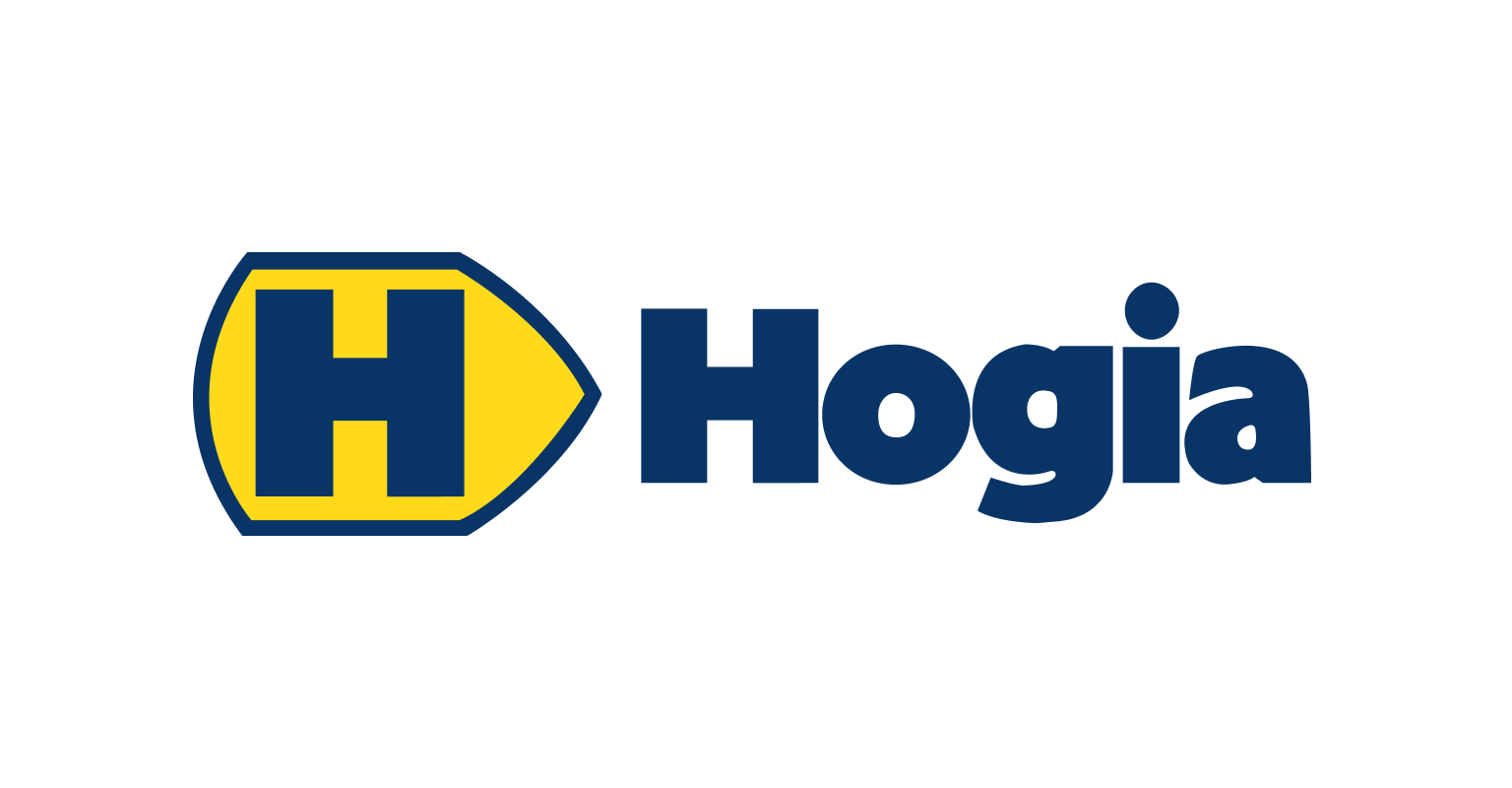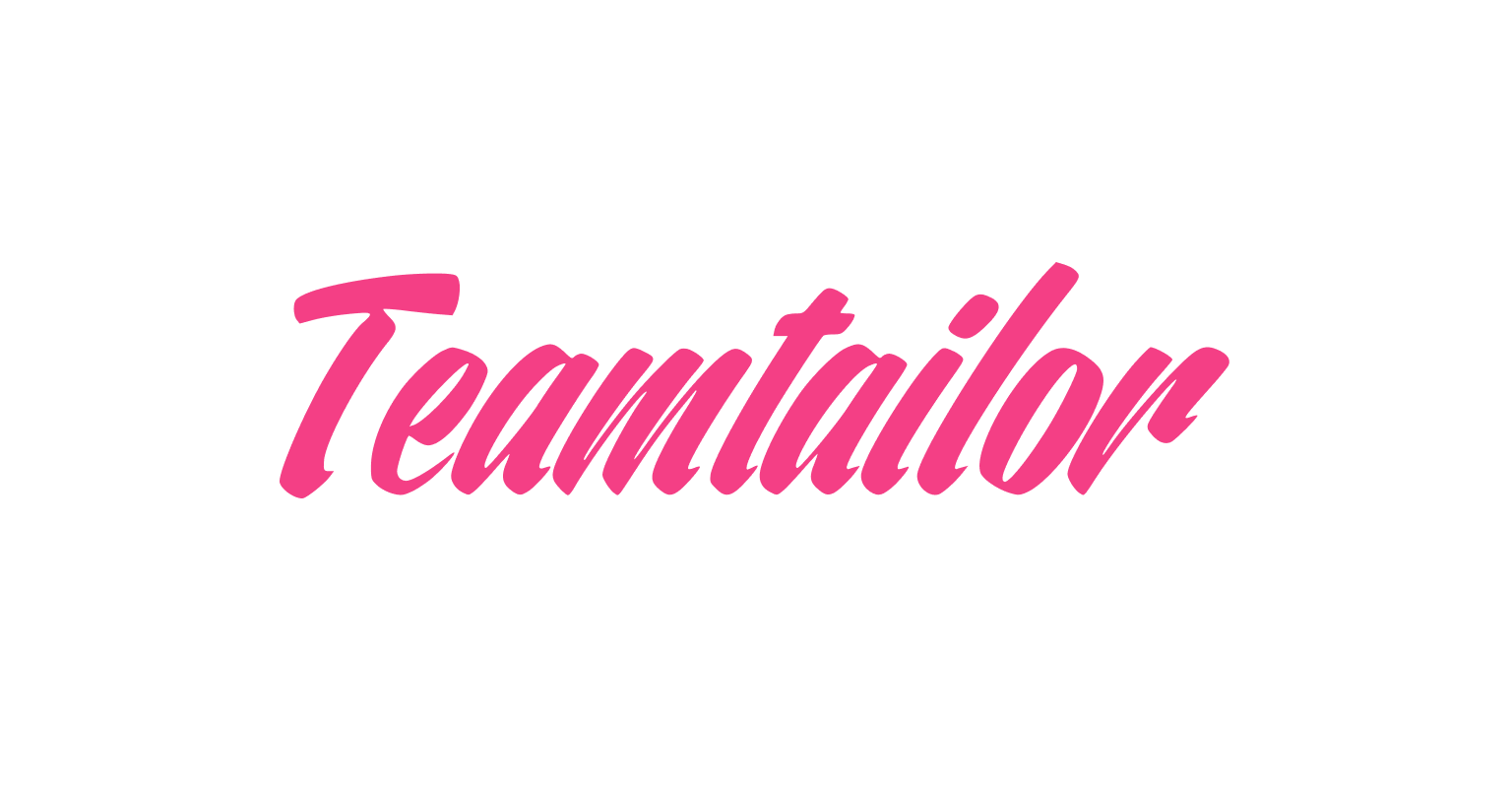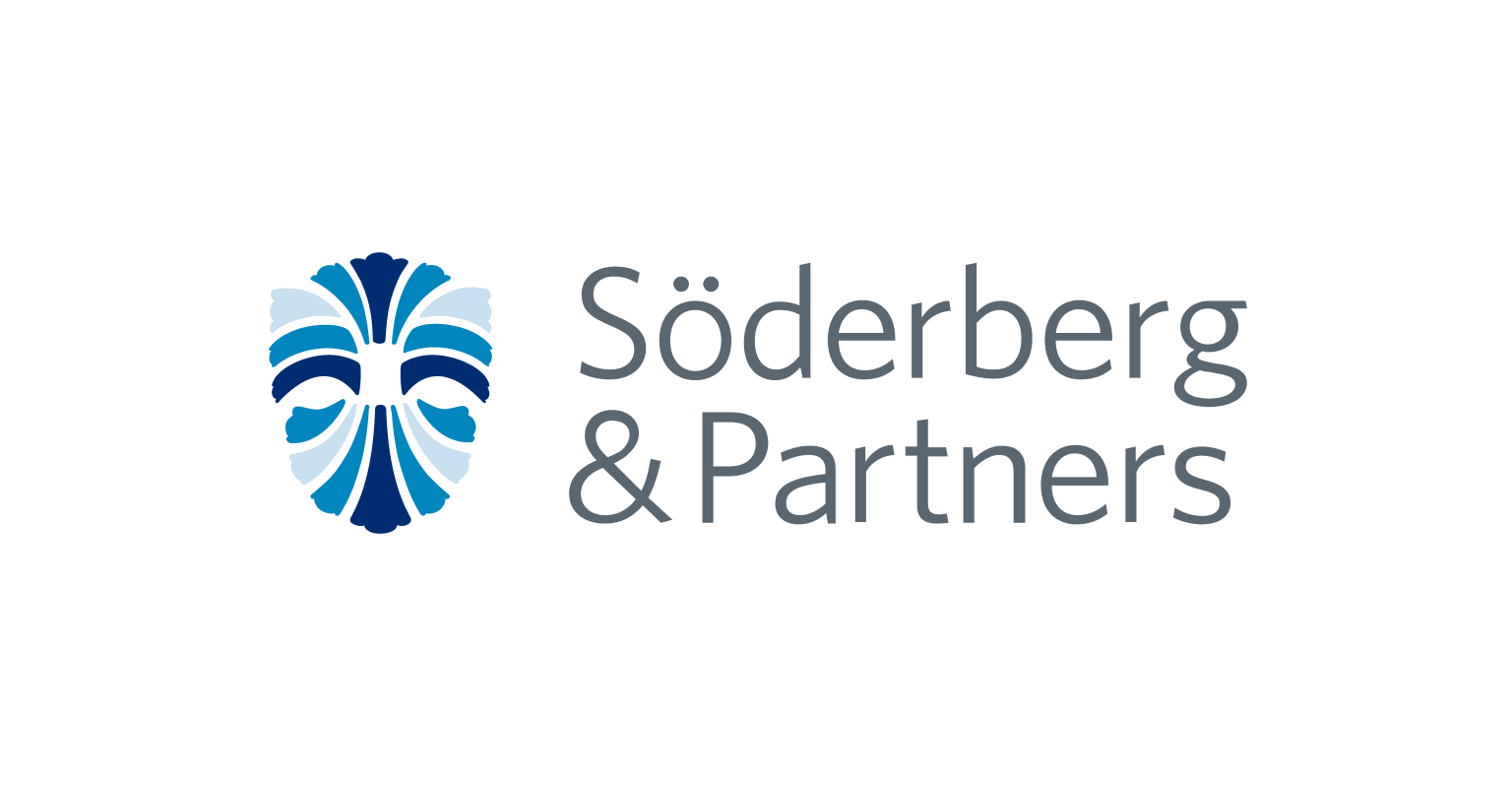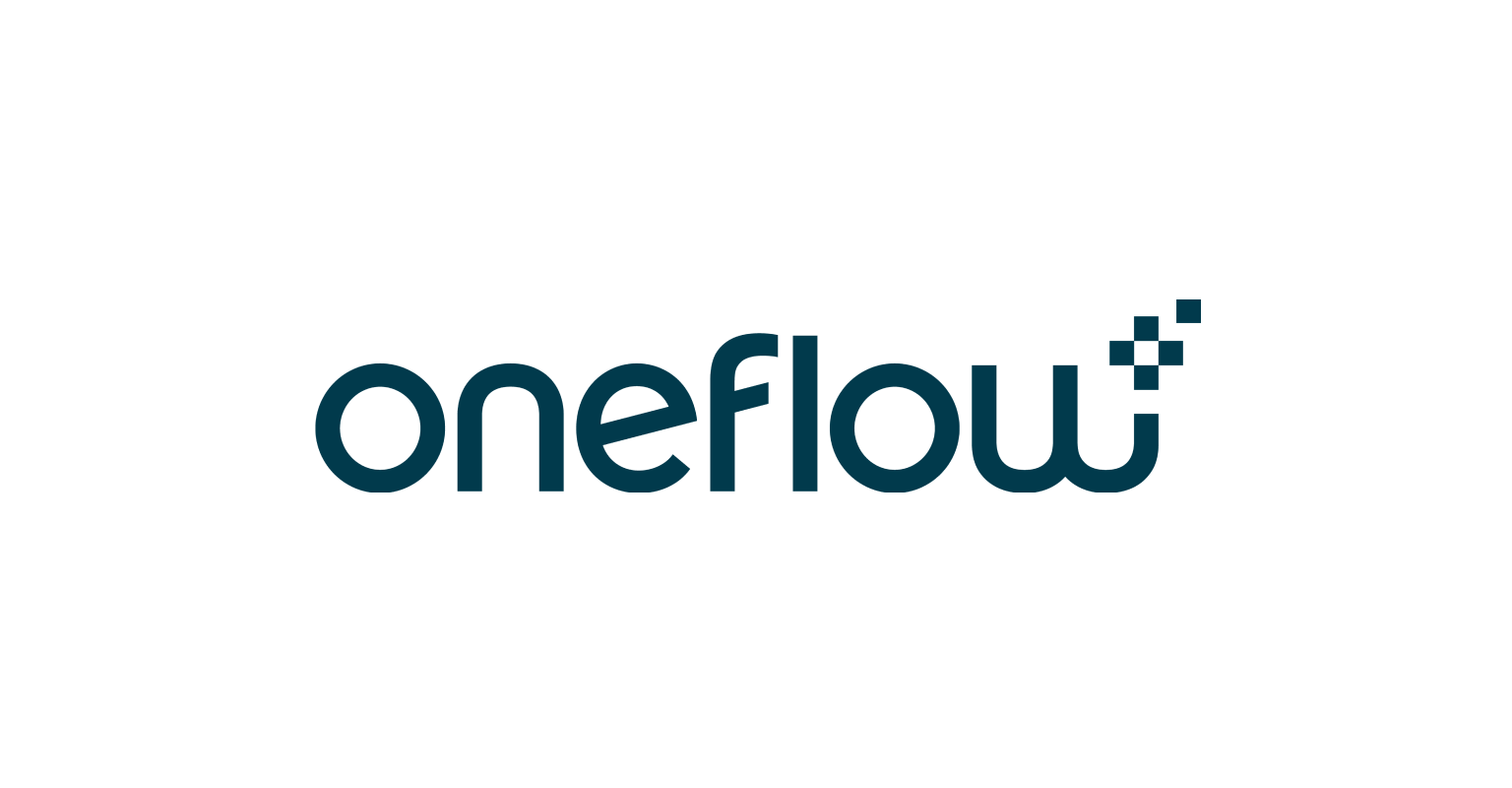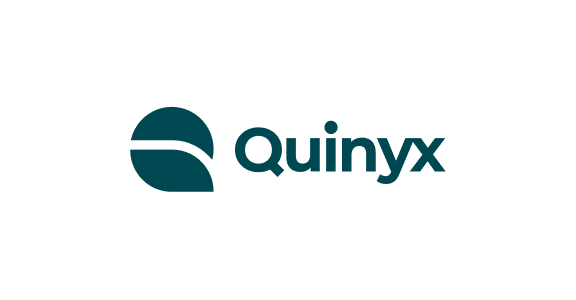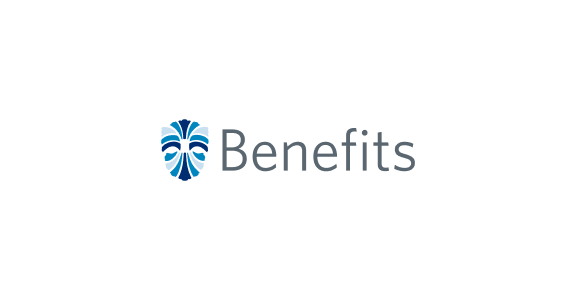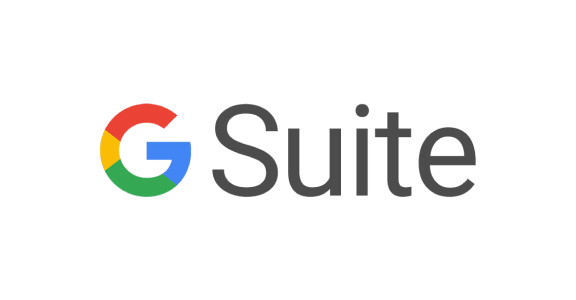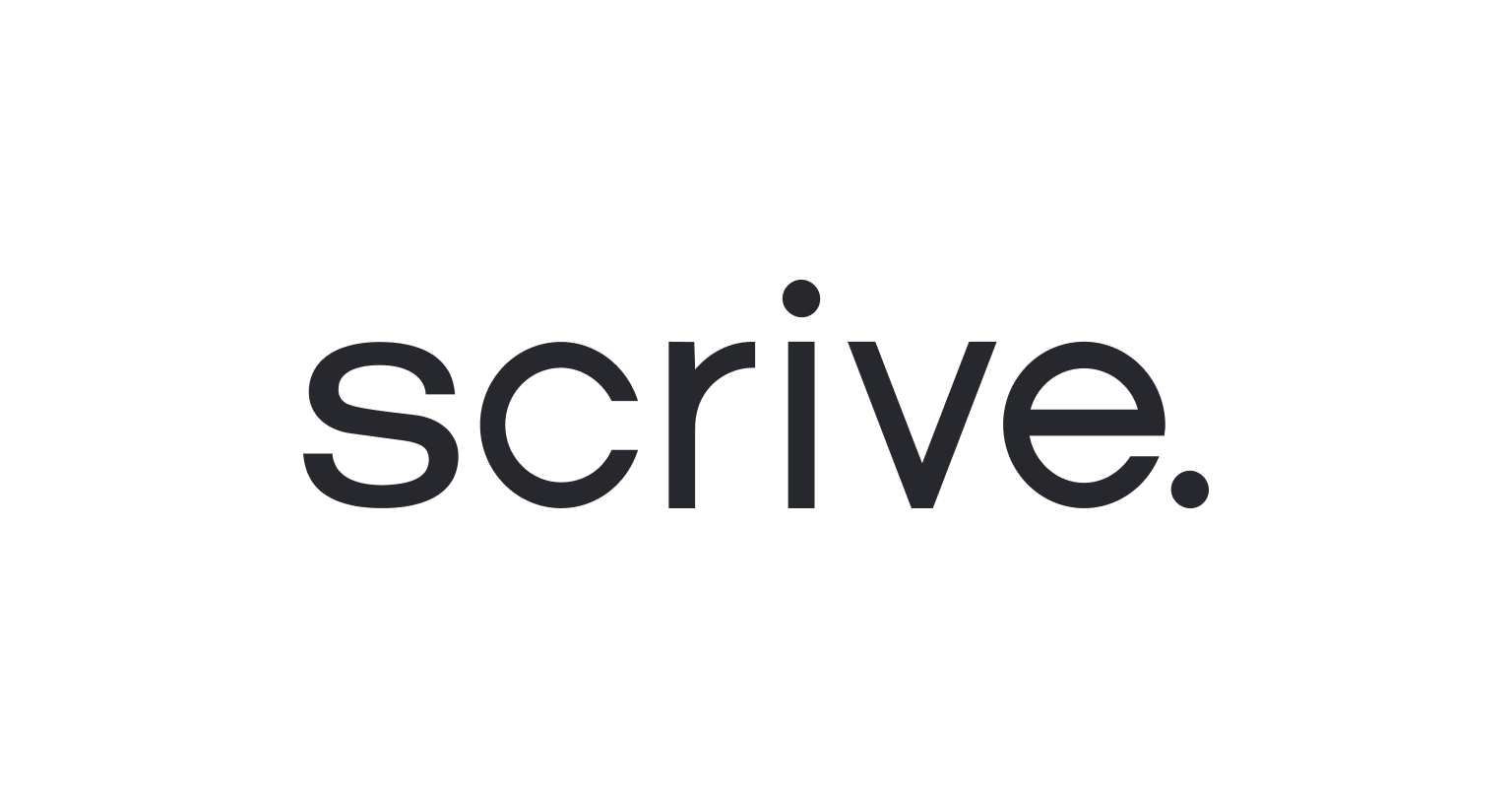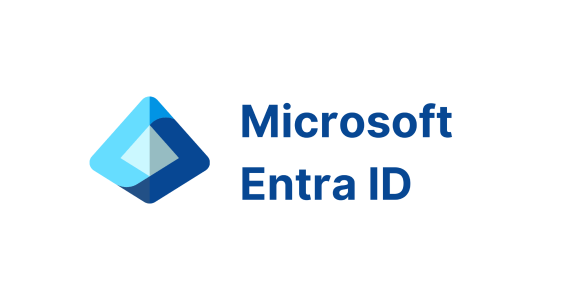The post 5 steps to a future-proof workplace that attracts the next generation of talent appeared first on Heartpace.
]]>5 steps to a future-proof workplace that attracts the next generation of talent
Today, it is no longer the organization that mainly chooses its employees. It is equally the employees who choose the organization they want to work in. In many ways, the next generation of talent has different expectations than previous generations. And they are looking for more than salary and title. They are looking for meaning in their work, flexibility, development and an organization they want to be part of.
At the same time, many employers are facing skills shortages, generational shifts and an increased need for innovation and adaptability. Future-proofing is therefore not just about the right technology or strategy, but about creating a work environment where people can contribute, grow and therefore stay.
In this article, we take a closer look at 5 steps to future-proof the workplace with a particular focus on attracting, engaging and retaining the next generation of talent.
Why this is business-critical
Several studies show that organizations that don’t adapt their workplace culture, leadership and working models risk becoming irrelevant to the workforce of the future. Deloitte’s Global Gen Z Millennial Survey shows that younger employees place a high priority on purpose, life balance, learning and inclusion.
The World Economic Forum’s Future of Jobs Report shows that over 92 million jobs could be lost, while 170 million new jobs could be created as a result of automation and digitalisation by 2030. Securing the right skills and creating an attractive workplace will therefore be both a matter of survival and an opportunity for success.
Those organizations that recognize that it is not a generational issue, but a challenge in time, will position themselves more strongly for the future.
Challenges and opportunities in attracting talent
Attracting and retaining the next generation of talent requires new strategies and approaches. Here are some of the key factors to consider:
1. New values require new offers
The next generation of employees (Gen Z and Millennials) are driven by different values than previous generations in that they want to contribute to what they perceive as meaningful, they want to have influence over their time and develop continuously. Traditional career ladders and control-oriented cultures are perceived as outdated.
2. flexibility is a hygiene factor and not a privilege
The pandemic has cemented new norms around remote work and hybrid models. Employers who require physical presence without clear justification are perceived as outdated by many Gen Z and Millennials, especially by young talent with strong digital skills.
3. HR and leadership need to be aligned
Many organizations have a vision of being future ready, but the reality does not always live up to that vision. The reasons why this is lacking in some organizations is that there is no consensus between HR, line managers and management on what is required to attract new generations. The result is ambiguity and a loss of attractiveness.
4. inclusion is more than diversity
Younger employees want to feel seen, heard and included, and that’s why values or policy documents are not enough. They are looking for authentic work environments where diversity is valued and where it is safe to be yourself.
Five steps to a future-proof workplace
But what makes a talented younger generation choose a specific organization and stay when others offer higher pay, more freedom or more influence? And how do you build a workplace that is relevant, meaningful and attractive even in five or ten years’ time?
There are no universal answers, but there are clear patterns in what the next generation of employees want and what organizations that succeed in attracting them have in common. Here are five steps to consider when future-proofing the workplace with concrete actions that strengthen attractiveness and long-term competitiveness.
1. define and live the organization’s purpose
Younger generations are looking for employers with clear values and a purpose that feels honest and meaningful. And while sustainability or social responsibility are important aspects they look for, it is fundamentally about being able to feel pride, identify and stand behind the organization’s raison d’être. Therefore, employers need to clarify why the organization exists and what it wants to contribute to society.
Concrete measures to make this possible are:
- Formulate an engaging purpose together with employees.
- Clearly show how each role contributes to the whole.
- Highlight real examples of values in action.
2. designing flexible working models based on trust
Flexibility is a key factor for the workplace of the future. For the next generation of talent, it is therefore not just about where you work, but how, when and with whom. At the same time, it requires a high degree of trust and clarity of expectations to be attractive.
Concrete measures to make this possible are:
- Offer hybrid approaches and personalized solutions where possible.
- Train managers to lead remotely, focusing on results and relationships rather than control.
- Build in feedback and reflection procedures to ensure continuous development.
3. creating a learning and development culture
For the employees of the future, development is not a sideline, it is expected. Staying in an organization where you feel stagnant is not an option for the next generation of talent.
Concrete measures to make this possible are:
- Make learning an integral part of everyday life and not just something that happens in specific training courses.
- Offer mentoring, knowledge sharing and digital microlearning initiatives.
- Clarify opportunities for career change and skills development internally.
4. embedding an inclusive culture
It is not enough to say that you are inclusive. For the next generation of talent, it needs to be reflected in decisions, behaviors and structures. In other words, it’s about creating a work environment where every employee feels that their perspective matters and can be heard.
Concrete measures to make this possible are:
- Conduct regular pulse surveys on inclusion, belonging and safety.
- Highlight different stories in internal communications, so that more people can reflect.
- Involve young employees in decision-making processes, development initiatives and strategy issues.
5. Develop management for these new expectations
Traditional leadership, where the manager holds the answers and controls the work, rarely attracts the next generation of employees. Rather, they are looking for present, coaching and transparent leaders.
Concrete measures to make this possible are:
- Invest in leadership programs that focus on self-leadership, empathy and communication.
- Encourage managers to be role models for learning and transparency.
- Create structures for employee involvement and shared responsibility.
Attracting talent starts from within
Attracting and retaining the next generation of talent is not about adapting to appear modern. It’s about building a workplace that is genuinely relevant, human and future-oriented. So this goes beyond employer branding because it starts in the culture, in the leadership and in the daily work environment.
Organizations that take this seriously have a lot to gain because they not only gain access to a broader and more engaged talent base, they also build long-term innovation capacity, resilience and societal relevance. In a world where change is constant, the biggest competitive advantage will not be the product but the people who develop it.
Want to discover more
Book a demo of Heartpace here!
Discover more articles
Vill du få rykande färskt innehåll
om HR?
Prenumerera på våra blogginlägg, nyheter och webbinarier här. Vi lovar att inte översvämma din inkorg med e-post, och vi kommer aldrig någonsin dela din e-postadress med någon annan!
The post 5 steps to a future-proof workplace that attracts the next generation of talent appeared first on Heartpace.
]]>The post 5 steps to a future-proof workplace that attracts the next generation of talent appeared first on Heartpace.
]]>5 steps to a future-proof workplace that attracts the next generation of talent
31 May 2025
4 min
5 steps to a future-proof workplace that attracts the next generation of talent
Today, it is no longer the organization that mainly chooses its employees. It is equally the employees who choose the organization they want to work in. In many ways, the next generation of talent has different expectations than previous generations. And they are looking for more than salary and title. They are looking for meaning in their work, flexibility, development and an organization they want to be part of.
At the same time, many employers are facing skills shortages, generational shifts and an increased need for innovation and adaptability. Future-proofing is therefore not just about the right technology or strategy, but about creating a work environment where people can contribute, grow and therefore stay.
In this article, we take a closer look at 5 steps to future-proof the workplace with a particular focus on attracting, engaging and retaining the next generation of talent.
Why this is business-critical
Several studies show that organizations that don’t adapt their workplace culture, leadership and working models risk becoming irrelevant to the workforce of the future. Deloitte’s Global Gen Z Millennial Survey shows that younger employees place a high priority on purpose, life balance, learning and inclusion.
The World Economic Forum’s Future of Jobs Report shows that over 92 million jobs could be lost, while 170 million new jobs could be created as a result of automation and digitalisation by 2030. Securing the right skills and creating an attractive workplace will therefore be both a matter of survival and an opportunity for success.
Those organizations that recognize that it is not a generational issue, but a challenge in time, will position themselves more strongly for the future.
Challenges and opportunities in attracting talent
Attracting and retaining the next generation of talent requires new strategies and approaches. Here are some of the key factors to consider:
1. New values require new offers
The next generation of employees (Gen Z and Millennials) are driven by different values than previous generations in that they want to contribute to what they perceive as meaningful, they want to have influence over their time and develop continuously. Traditional career ladders and control-oriented cultures are perceived as outdated.
2. flexibility is a hygiene factor and not a privilege
The pandemic has cemented new norms around remote work and hybrid models. Employers who require physical presence without clear justification are perceived as outdated by many Gen Z and Millennials, especially by young talent with strong digital skills.
3. HR and leadership need to be aligned
Many organizations have a vision of being future ready, but the reality does not always live up to that vision. The reasons why this is lacking in some organizations is that there is no consensus between HR, line managers and management on what is required to attract new generations. The result is ambiguity and a loss of attractiveness.
4. inclusion is more than diversity
Younger employees want to feel seen, heard and included, and that’s why values or policy documents are not enough. They are looking for authentic work environments where diversity is valued and where it is safe to be yourself.
Five steps to a future-proof workplace
But what makes a talented younger generation choose a specific organization and stay when others offer higher pay, more freedom or more influence? And how do you build a workplace that is relevant, meaningful and attractive even in five or ten years’ time?
There are no universal answers, but there are clear patterns in what the next generation of employees want and what organizations that succeed in attracting them have in common. Here are five steps to consider when future-proofing the workplace with concrete actions that strengthen attractiveness and long-term competitiveness.
1. define and live the organization’s purpose
Younger generations are looking for employers with clear values and a purpose that feels honest and meaningful. And while sustainability or social responsibility are important aspects they look for, it is fundamentally about being able to feel pride, identify and stand behind the organization’s raison d’être. Therefore, employers need to clarify why the organization exists and what it wants to contribute to society.
Concrete measures to make this possible are:
- Formulate an engaging purpose together with employees.
- Clearly show how each role contributes to the whole.
- Highlight real examples of values in action.
2. designing flexible working models based on trust
Flexibility is a key factor for the workplace of the future. For the next generation of talent, it is therefore not just about where you work, but how, when and with whom. At the same time, it requires a high degree of trust and clarity of expectations to be attractive.
Concrete measures to make this possible are:
- Offer hybrid approaches and personalized solutions where possible.
- Train managers to lead remotely, focusing on results and relationships rather than control.
- Build in feedback and reflection procedures to ensure continuous development.
3. creating a learning and development culture
For the employees of the future, development is not a sideline, it is expected. Staying in an organization where you feel stagnant is not an option for the next generation of talent.
Concrete measures to make this possible are:
- Make learning an integral part of everyday life and not just something that happens in specific training courses.
- Offer mentoring, knowledge sharing and digital microlearning initiatives.
- Clarify opportunities for career change and skills development internally.
4. embedding an inclusive culture
It is not enough to say that you are inclusive. For the next generation of talent, it needs to be reflected in decisions, behaviors and structures. In other words, it’s about creating a work environment where every employee feels that their perspective matters and can be heard.
Concrete measures to make this possible are:
- Conduct regular pulse surveys on inclusion, belonging and safety.
- Highlight different stories in internal communications, so that more people can reflect.
- Involve young employees in decision-making processes, development initiatives and strategy issues.
5. Develop management for these new expectations
Traditional leadership, where the manager holds the answers and controls the work, rarely attracts the next generation of employees. Rather, they are looking for present, coaching and transparent leaders.
Concrete measures to make this possible are:
- Invest in leadership programs that focus on self-leadership, empathy and communication.
- Encourage managers to be role models for learning and transparency.
- Create structures for employee involvement and shared responsibility.
Attracting talent starts from within
Attracting and retaining the next generation of talent is not about adapting to appear modern. It’s about building a workplace that is genuinely relevant, human and future-oriented. So this goes beyond employer branding because it starts in the culture, in the leadership and in the daily work environment.
Organizations that take this seriously have a lot to gain because they not only gain access to a broader and more engaged talent base, they also build long-term innovation capacity, resilience and societal relevance. In a world where change is constant, the biggest competitive advantage will not be the product but the people who develop it.
Want to discover more
Book a demo of Heartpace here!
Discover more articles
Vill du få rykande färskt innehåll
om HR?
Prenumerera på våra blogginlägg, nyheter och webbinarier här. Vi lovar att inte översvämma din inkorg med e-post, och vi kommer aldrig någonsin dela din e-postadress med någon annan!
The post 5 steps to a future-proof workplace that attracts the next generation of talent appeared first on Heartpace.
]]>Oneflow is a leading digital contract management solution that streamlines the entire contract process, from creation to signing and archiving. With smart automation, electronic signatures, and a secure cloud-based platform, Oneflow eliminates manual work, reduces errors, and ensures legally binding agreements. By integrating Oneflow with Heartpace, organizations can efficiently and securely manage HR-related contracts.
- Automated User Creation – When a contract is completed and signed in Oneflow, the user is automatically created in Heartpace.
- Seamless Synchronization – User data from Oneflow is transferred to Heartpace for a smooth onboarding process.
- Secure Management – Signed contracts are automatically stored and accessible in Oneflow.
Benefits of the integration
Time saving
Automate contract management and reduce manual tasks.
Enhanced Security
Ensure legally binding and securely stored agreements.
Better Efficiency
Streamline HR contract workflows in one system.
Explore other integrations block
Want to see how Heartpace works?
Fill in your information and we will contact you shortly

Benefits is a platform that offers companies a simple solution for managing and administering employee benefits. By giving employees access to benefits such as wellness, discounts and various offers, Benefits helps companies create an attractive and flexible benefits package. Through the integration with Heartpace, companies can automate and streamline benefit administration and give employees easy access to their benefits.
- User data synchronization – integrate Heartpace with Benefits to transfer and synchronize user information from Heartpace to Benefits.
- Automated benefit update – automatically update and manage benefit information between Heartpace and Benefits.
Benefits of integration
Efficient management
Automate benefit administration for easier processes.
Synchronization
Keep user data and benefit information up to date and accurate.
Easy access
Give employees easy access to information about their benefits in the Benefits portal.
Explore other integrations block
Want to see how Heartpace works?
Fill in your information and we will contact you shortly

Google offers a robust and secure Single Sign-On (SSO) solution that allows users to log in to various applications and systems using their Google Accounts. By using Google SSO, companies can centralize authentication and provide their users with a simple and secure login experience without having to manage multiple sets of login credentials.
- Seamless sign-in – use your Google Account to sign in to Heartpace with SSO.
- Secure authentication – Google manages authentication and ensures that user data is protected.
- Easy access – get quick and secure access to Heartpace via Google SSO.
Benefits of integration
Simplified access
Sign in to Heartpace with your Google Account.
Enhanced security
Strengthen security with Google authentication services.
Efficient administration
Manage user access through Google for easy administration.
Explore other integrations block
Want to see how Heartpace works?
Fill in your information and we will contact you shortly

The post Microsoft Entra appeared first on Heartpace.
]]>Microsoft Entra is an identity and access management solution that helps businesses effectively manage user access and security. With the integration between Entra and Heartpace, organizations can securely manage and synchronize user data between systems. By using Entra, companies can centralize user management and ensure the right user access is everywhere.
- Synchronization – update user information between Heartpace and Microsoft Entra ID.
- Automation – automatic transfer of user data between systems.
- Central Management – manage user access easily on both platforms.
Benefits of integration
Automation
Automate user data synchronization between Heartpace and Microsoft Entra.
Efficient management
Simplify user access and administration in both systems.
Security
Ensure that user data is kept up-to-date and protected on both platforms.
Explore other integrations block
Want to see how Heartpace works?
Fill in your information and we will contact you shortly

The post Microsoft Entra appeared first on Heartpace.
]]>Okta is a leading platform for identity management and access control. By offering a secure and user-friendly solution for Single Sign-On (SSO) and authentication, Okta helps companies simplify and strengthen their security measures. With Okta, users can log on to multiple systems with a single set of login credentials, saving time and reducing the risk of security issues.
- Single sign-on – use Okta to sign in to Heartpace with the same credentials.
- Secure authentication – Okta manages security and authentication at login.
- Seamless Access – get quick access to Heartpace without having multiple logins.
Benefits of integration
Simplified access
Easy to sign in to Heartpace with Okta and avoid multiple logins.
Enhanced security
Enhance security by using Okta to securely authenticate and manage user data.
Efficiency
Manage user access to Heartpace and other systems via Okta for easier administration.
Explore other integrations block
Want to see how Heartpace works?
Fill in your information and we will contact you shortly

The Heartpaces REST API allows us to seamlessly integrate our platform with other external systems and applications. By using our API, companies can automate flows, synchronize data, and create custom solutions to optimize HR processes and improve user experience. Our API is built to be flexible, scalable and easy to implement in your existing system environments.
- Flexible data transfer – use our REST API to synchronise staff, payroll and HR data with other systems.
- Automation – create automated workflows and processes through the API to streamline your HR and business processes.
- Custom solutions – build custom integrations to meet your specific needs and connect Heartpace with your other systems.
Benefits of Rest API integration
Scalability
Customize integrations and create solutions that grow with your business.
Automation
Automate workflows and reduce manual work through integrated processes.
Flexibility
Connect Heartpace to other systems and create customized solutions.
Explore other integrations block
Want to see how Heartpace works?
Fill in your information and we will contact you shortly

Quinyx is a cloud-based workforce management and scheduling platform that helps companies optimize workforce planning and time reporting. By integrating Quinyx with Heartpace, companies can ensure that employee information is synchronized and updated, which facilitates scheduling and follow-up. The data is transferred from Heartpace to Quinyx, which streamlines the entire personnel management process.
- Automatic data transfer – sync your Heartpace staff information to Quinyx for up-to-date scheduling and management.
- Efficient planning – use current Heartpace employee data to create and update users with contract templates, organization matrix, and role in Quinyx.
- Easy administration – simplify human resource management by automatically transferring data between Heartpace and Quinyx.
Benefits of integration
Streamlining
Automate the transfer of employee data for faster scheduling.
Time saving
Eliminate duplication and manual updates between systems.
Better overview
Get a coherent view of human resources.
Explore other integrations block
Want to see how Heartpace works?
Fill in your information and we will contact you shortly

Heartpaces Webhooks allows you to get real-time updates on events in our platform and send them directly to other systems. By using Webhooks, companies can create automated flows and ensure that information is kept synchronized between Heartpace and external systems without delay. Webhooks are easy to configure and offer an efficient solution for integrating Heartpace with other applications and services.
- Real-time updates – set up Webhooks to get instant updates on specific events in Heartpace, such as when an employee is updated or a report is generated.
- Automation – create automated flows triggered by events in Heartpace and send information to other systems.
- Seamless Sync – use Webhooks to keep data synchronized between Heartpace and external systems in real time.
Benefits of integration
Real-time
Get instant updates and automate processes in real-time.
Efficiency
Eliminate the need for manual updating between systems.
Simplicity
Easy to configure and implement to suit specific integration needs.
Explore other integrations block
Want to see how Heartpace works?
Fill in your information and we will contact you shortly






